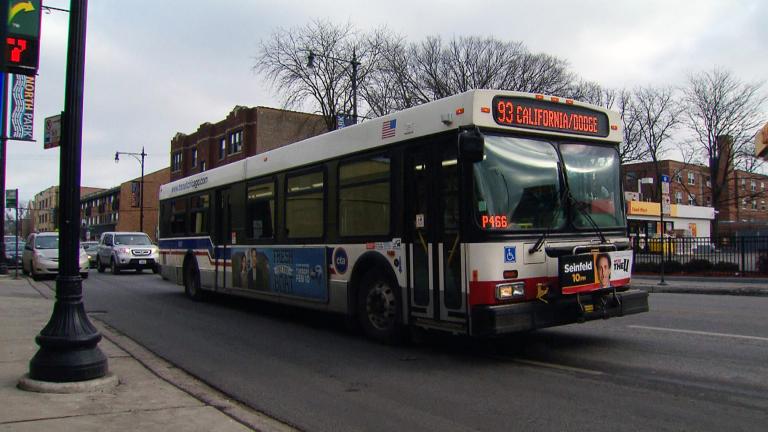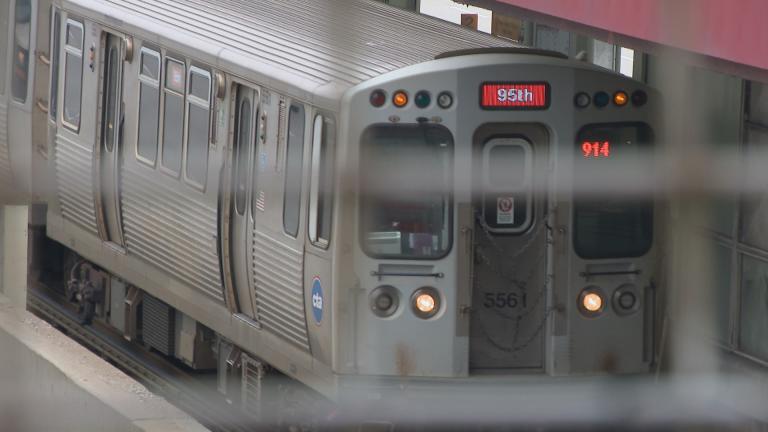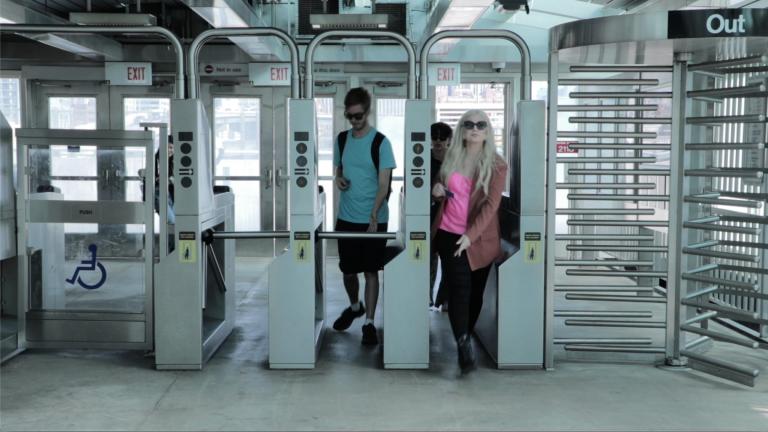A proposal backed by Mayor Lori Lightfoot to use property tax revenue generated downtown to fund the $3.6 billion extension of the CTA’s Red Line from 95th Street to the city’s southern border near 130th Street advanced Monday.
The Chicago City Council’s Finance Committee endorsed Lightfoot’s plan to create a new tax-increment financing district along the southern branch of the CTA Red Line to fund the extension of the train line first envisioned by former Mayor Richard J. Daley in the 1950s.
With the endorsement of the powerful panel, the measure is set for a final vote on Wednesday.
The move would generate $959 million for the project by funneling a portion of the increase in property tax revenues for the next 35 years from the 42nd, 3rd, 4th, 11th and 25th wards — even though the extension of the train line would be miles away from any of those wards.
Ald. Anthony Beale, whose 9th Ward would be connected to the Loop by the new train tracks, recalled being “a little boy” when the first Mayor Daley promised to extend the Red Line.
“My community deserves this,” Beale said. “This was a promise made to my community.”
But Beale blasted Lightfoot’s proposal to create a new TIF to finance the project, saying instead that state and county funds should be used to match an expected federal grant of $2.16 billion.
“This is being rushed at the 12th hour,” Beale said.
However, Chicago Transit Authority President Dorval Carter pleaded with the City Council to create the new TIF and generate the matching funds and give him the best chance to secure the federal grant.
“I need the help of the City Council to make this project a reality,” Carter said.
Ald. Pat Dowell (3rd Ward), an ally of the mayor and chair of the City Council’s Budget Committee, was the only member of the Finance Committee to vote against the proposal, saying it was unfair to the residents of her ward, which includes Bronzeville, to take their property tax revenue and “ship it miles away.”
“This will take away huge amounts of money we need to fund critical projects,” Dowell said. “Everyone should share in the pain to pay for this project.”
Ald. Nicole Lee (11th Ward) said she also heard from residents of her ward, which includes Bridgeport, that they did not want to see their taxes used on the Far South Side.
“This comes at a really inopportune time for all of us running for office and as people get their tax bills,” Lee said, before adding that she would vote for the proposal even though it is “not the most politically expedient thing to do.”
Only one of the City Council members who would see their constituents’ property taxes used to build 5.6 miles of new train tracks and four train stations miles from their homes enthusiastically supported the plan: Ald. Byron Sigcho Lopez (25th Ward), a frequent critic of Lightfoot.
CTA officials have defended the plan by saying the extension will benefit the entire city — not just the Far South Side — by allowing people to get to work in the Loop 30 minutes faster while reducing carbon emissions from cars.
The proposal, which officials said would create 6,000 jobs, also has the support of the politically powerful Chicago Federation of Labor.
If the City Council approves the proposal, it would create the city’s second Transit Tax Increment Financing District. The first Transit TIF was created in 2017 to fund the reconstruction of the Red, Purple and Brown lines on the North Side with little controversy. That work is underway now.
Lightfoot has called the extension of the Red Line to the city’s southern border one of the “most critical investments in CTA’s history” and said it will “undoubtedly be a transformative development for our Far South Side community.”
The city’s use of TIF districts has fueled a perennial argument over whether the districts, which capture all growth in the property tax base in a designated area for 23 years, actually spur redevelopment and eradicate blight or serve to exacerbate growing inequality in Chicago. The proposed TIF to fund the extension of the Red Line would not reduce funding to the Chicago Public Schools.
Typically, the funds generated by TIF must be used in the same area of the city that the taxes were generated. But the TIF proposed by Lightfoot would use the growth concentrated downtown and south of the Loop to fund the train line extension on the Far South Side, where property tax revenue has been stagnant or declining for many years — a reminder of the legacy left by modern segregation.
Contact Heather Cherone: @HeatherCherone | (773) 569-1863 | [email protected]







